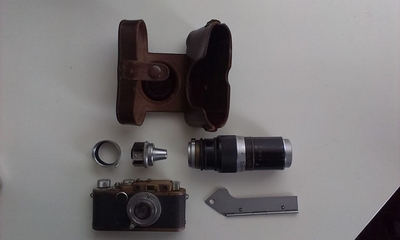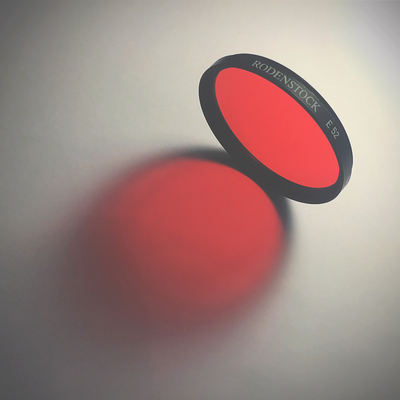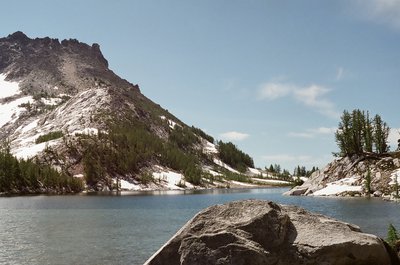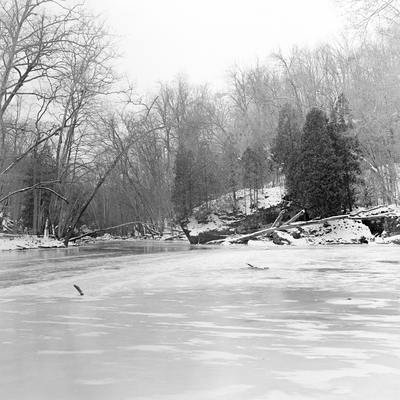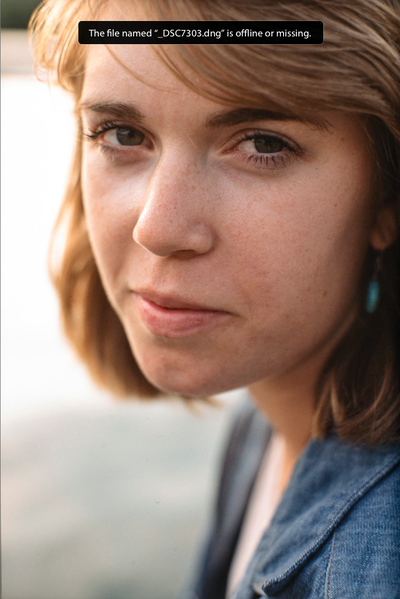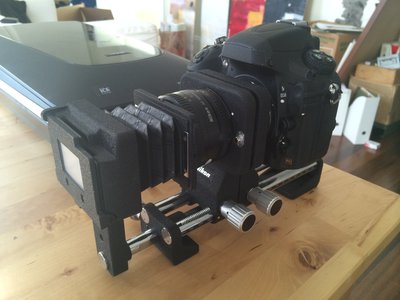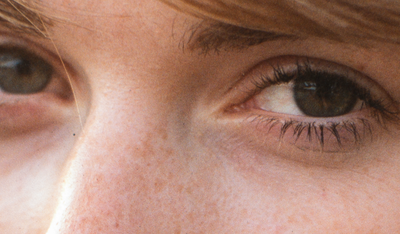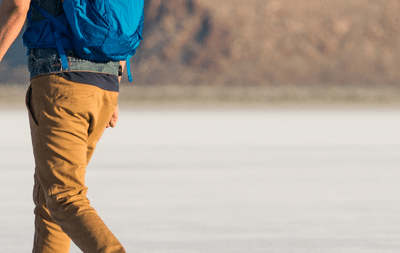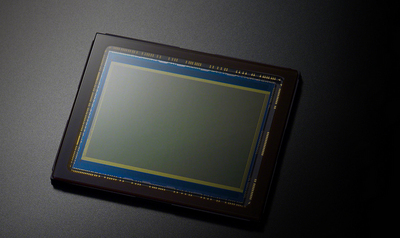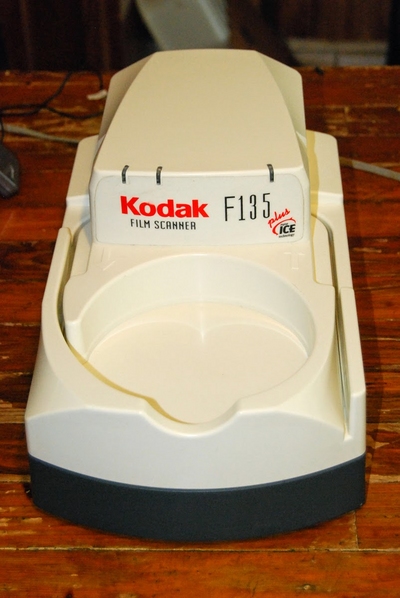rudedog41My photo teacher gave me a changing bag, 2 film reels and a canister today because we don't use those specific ones at school so I'm thinking about developing at home.
Anyone tried this? What chemicals do you recommend? I'll be shooting mainly tri x or hp5.
Also what are your thoughts on scanning the negatives instead of making prints with an enlarger?
Depends on your throughput. One shot rodinal/R09 is always a good call because it's so stable it lasts forever, but you have to dilute it every time you want to use it. If you're saving money you needn't use a stop bath, just wash many times between developer and fixer. If you prefer precision then use a stop, really shouldn't make a difference when you're learning. When you're learning the technique just keep it simple.
Making prints is an art form in its own right, some people just can't be bothered with it. It's far more technical and time consuming than developing and, in some respects, the actual photography. Scanning is easier,
potentially similar quality, much less fun. The argument over how to scan will go on forever, but there are 3 main (cheapish) methods:
- flatbed scanners: cheap, convenient, fast scanning, work across virtually all formats. Dreadful for dust so expect to spend forever in photoshop. Resolution is always miles off the quoted values and they really struggle with dynamic range.
- dedicated scanners: plustek etc. More expensive, slighlty slower scan but much higher resolution and reasonable dynamic range, often capable of HDR to boost the dynamic range. With good practice you can keep the dust down, but it'll still be there.
- dslr + macro lens: Normally this is done with a normal lens and extension tubes to get the magnification. This is completely manual, the quality of results is dictated by the quality of your setup. This can range from complete shit to ~$40k drum scanner quality, depending on your setup. A couple of key points: focal plane and film plane need to be precisely parallel, but this should be a no-brainer; you need a consistent light source behind the film.




